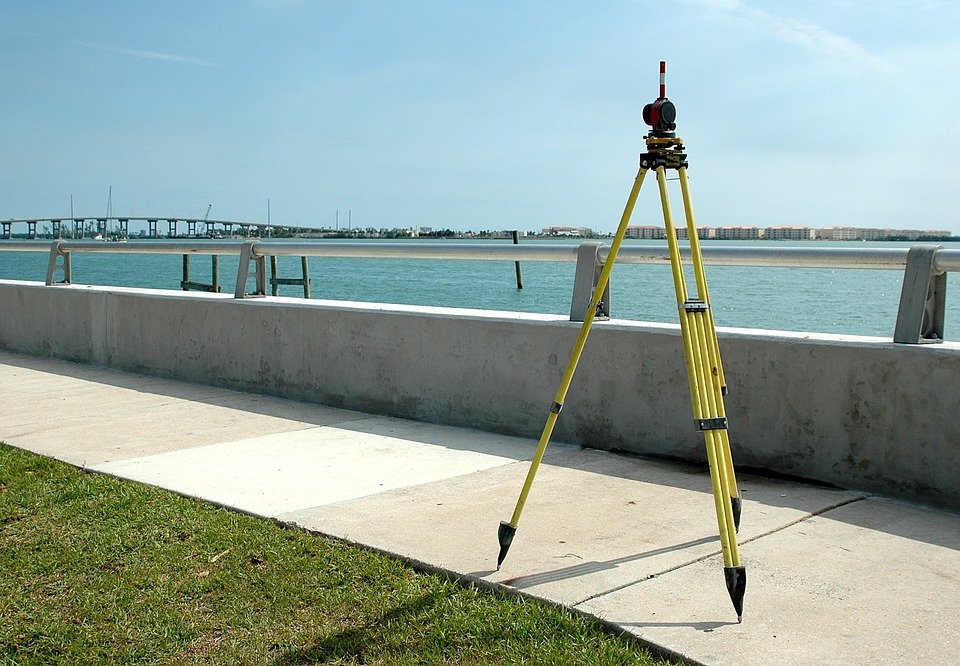[ad_1]
Exploring the Possibilities of GIS for Effective Data Visualization
Data visualization is a powerful tool for conveying complex information in an easy-to-understand manner. Geographic Information Systems (GIS) are increasingly being used to explore and visualize data in more meaningful ways. GIS is a powerful tool that allows users to integrate, analyze, and display data from multiple sources in a variety of formats. By leveraging the capabilities of GIS, organizations can gain valuable insights into their data and make better-informed decisions.
What is GIS?
GIS stands for geographic information system. It is a powerful tool that can be used to map, analyze, and visualize data to gain insights into complex relationships. GIS technology can be used to create maps and other visualizations that showcase data in an easy-to-understand format. In addition to being an effective data visualization tool, GIS can also be used to analyze data, identify trends, and make predictions.
Advantages of GIS for Data Visualization
GIS provides a number of advantages for data visualization. One of the primary benefits is that it is relatively easy to use and understand. GIS also offers the ability to visualize data in a variety of formats, from simple maps to more complex visualizations. Additionally, GIS is capable of analyzing data from multiple sources, allowing users to combine data from different sources to gain a better understanding of their data.
Uses for GIS in Data Visualization
GIS can be used for a variety of data visualization purposes. For example, it can be used to create heat maps that show the relative density of data points in a particular area. It can also be used to create choropleth maps that show the distribution of data across an area. Finally, GIS can be used to create 3D models that provide a more immersive experience and allow users to explore data in a more interactive way.
Conclusion
GIS is a powerful tool that can be used to explore and visualize data in more meaningful ways. By leveraging the capabilities of GIS, organizations can gain valuable insights into their data and make better-informed decisions. GIS is an effective tool for data visualization that offers a variety of advantages, including ease of use, the ability to visualize data in multiple formats, and the ability to analyze data from multiple sources. GIS can be used for a variety of data visualization purposes, from creating heat maps to creating 3D models. Ultimately, GIS is a powerful tool that can be used to explore and visualize data in more meaningful ways.
[ad_2]


